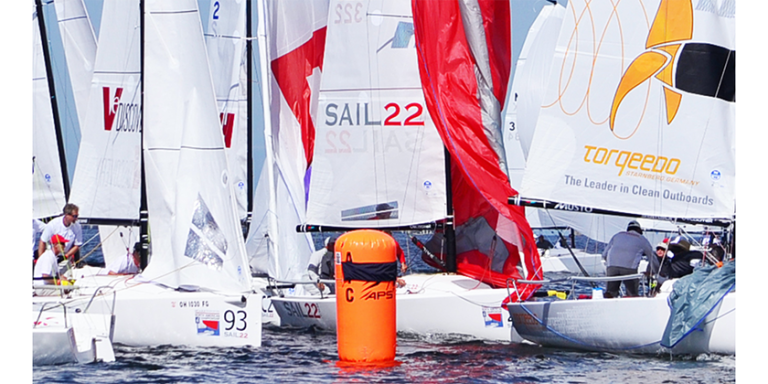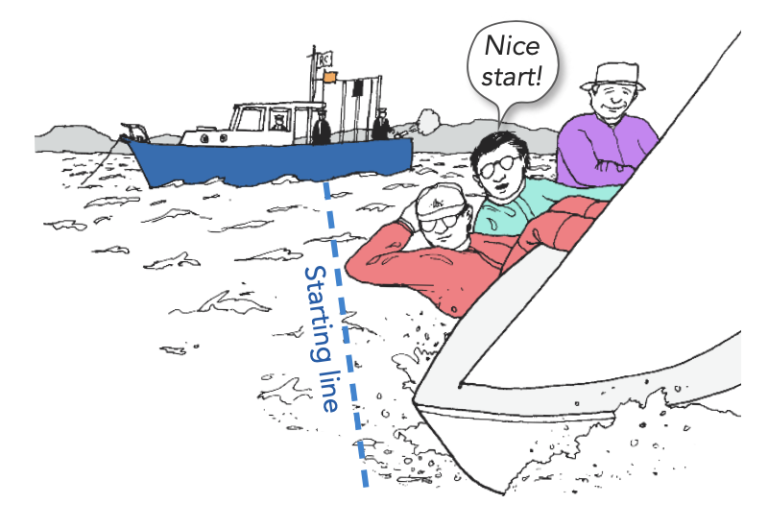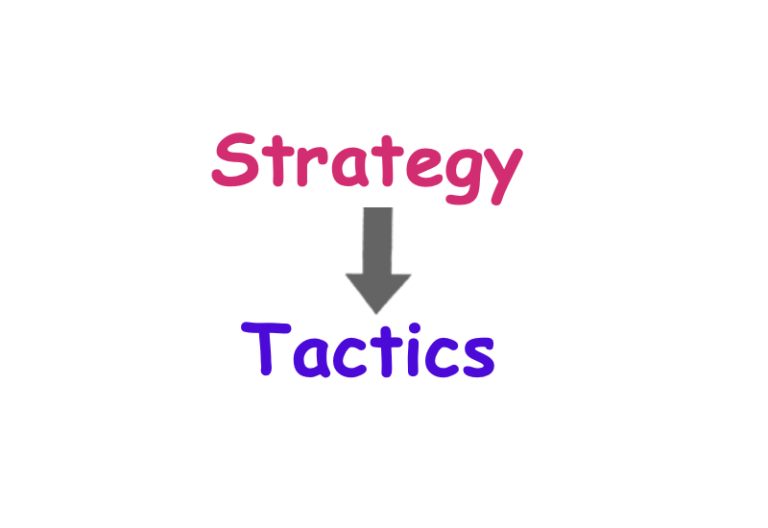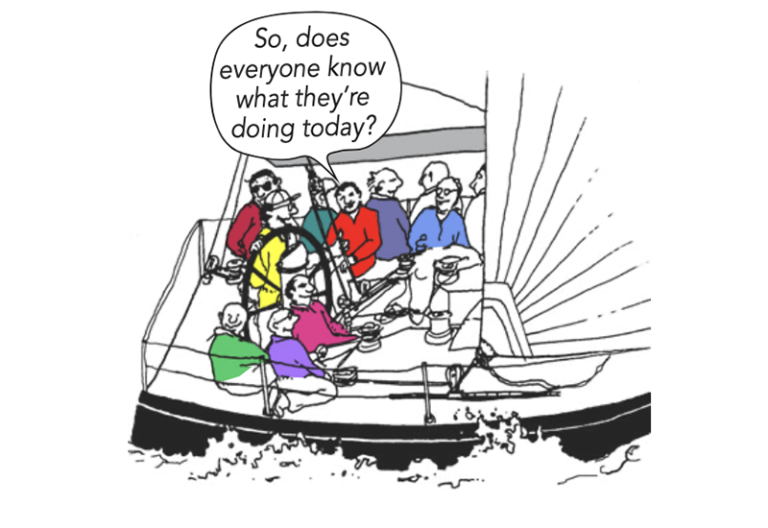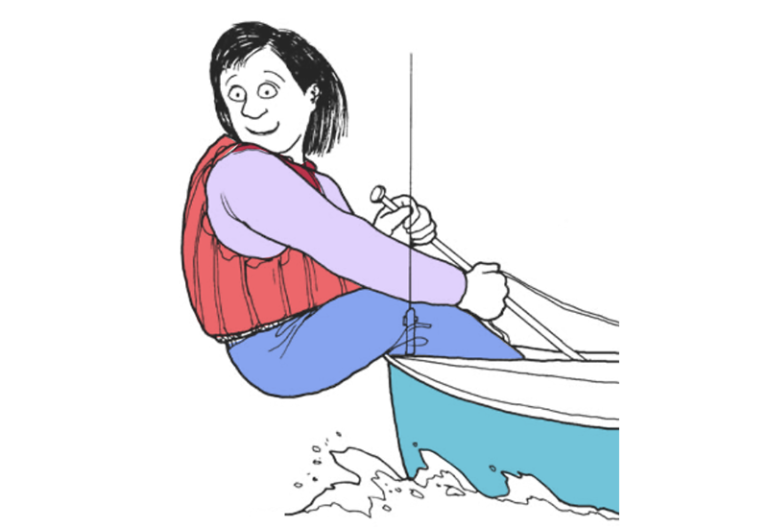Speed & Smarts: Taking the Appropriate Penalty
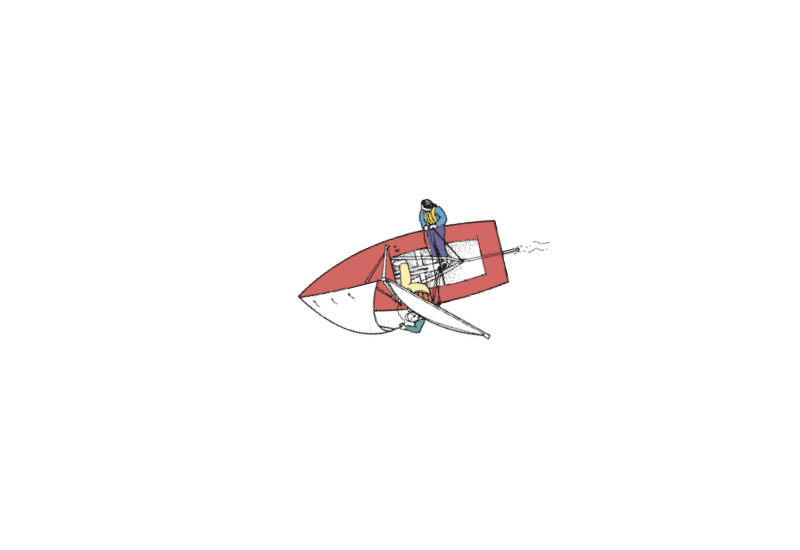
Nov 29, 2023
Just because you break a rule every now and then doesn’t mean you aren’t sportsmanlike. All sailors make mistakes, and sometimes these errors include rule infringements. This is not a problem as long as you take an appropriate penalty for each breach. But do you know which penalty is appropriate?
Below are 12 race-course scenarios where you (the Red boat) break a rule. In each situation, which penalty, if any, should you take to comply with the rulebook and be a good sport? Your choices are:
A) No penalty B) One-Turn Penalty C) Two-Turns Penalty D) Some other penalty E) Retire
Scenario 1: A few seconds after the warning signal for your start, you fail to keep clear of a leeward boat. The resulting contact causes damage to the other boat in the form of a broken hiking stick. 1a: What if this happened just after the preparatory signal?

Scenario 2: You are racing upwind on port tack and a starboard tacker has to change course to avoid you. However, they do not hail ‘Protest’ and you know they were OCS at the start and didn’t go back.
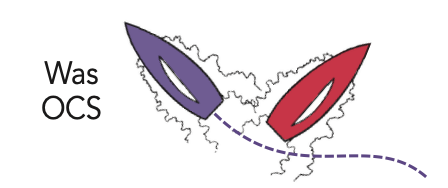
Scenarios 3, 4, 5 You are sailing close hauled on starboard tack, but you haven’t been keeping a very good lookout. As a result, you run into a port tacker (P) that fails to keep clear of you. P does her penalty turns. What, if anything, must you do in each case?
Scenario 3: Your contact with P did not cause any damage or injury.
Scenario 4: Your collision with P caused damage that is not ‘serious.’
Scenario 5: Your collision caused serious damage to one of the boats.

Scenario 6: On a windy reach, you and your crew are ooching on the waves. A nearby sailor yells at you to stop and explains that this kinetic technique has been illegal for many years.
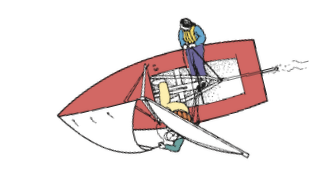
Scenarios 7, 8, 9 You approach the windward mark on the port-tack layline and tack around the mark very close in front of a boat on starboard tack (S).
Scenario 7: You hit the mark without fouling the starboard tacker.
Scenario 8: You hit the mark and foul the starboard tacker at the same time.
Scenario 9: You hit the mark without fouling any boats, but this allows you to round ahead of 10 starboard tackers that were lined up on the layline.
After taking your penalty you are still ahead of five of those boats.
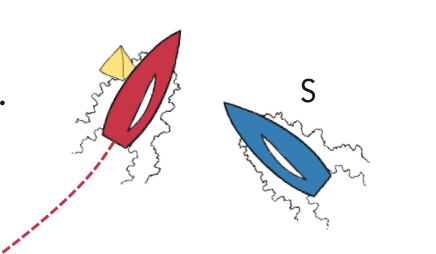
Scenario 10: While rounding a mark with no other boats around, you touch it gently with your hull. You are the only one who sees this.
Scenario 11: At a leeward mark, you fail to provide mark-room to a boat overlapped inside of you (A). However, the reason was that a boat overlapped outside of you (C) did not give you mark-room.
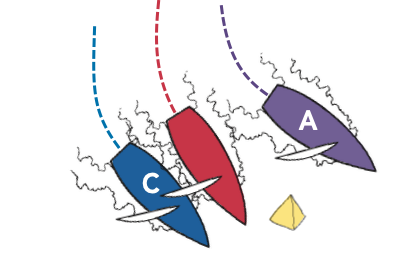
Finish line
Scenario 12: Just after you finish the race, you are talking with your crew and you inadvertently interfere with a boat in the class behind you that is still racing toward the finish.
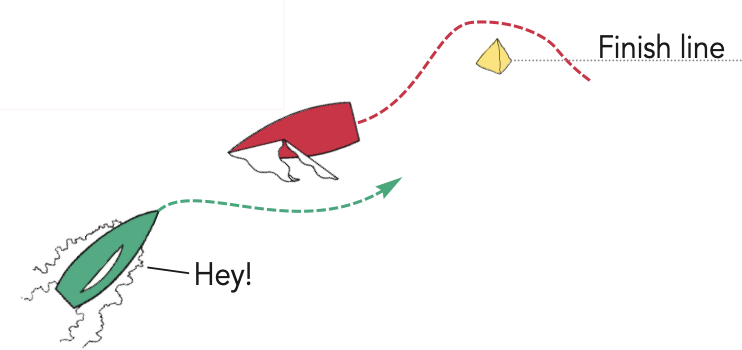
In each scenario, ‘You’ are the Red boat.
A description of the correct penalty to take in each scenario
The page describes 12 scenarios in which you (the Red boat) broke a rule.
Here are explanations of the appropriate penalty, if any, that you must take in each case.
| A description of the correct penalty to take in each scenario The previous page describes 12 scenarios in which you (the Red boat) broke a rule. Here are explanations of the appropriate penalty, if any, that you must take in each case. |
| Scenario 1 A) No penalty. The racing rules apply when you are sailing in the race area, but you can’t be penalized (in most cases) unless you are actually ‘racing,’ which begins at your preparatory signal. This is true even if you break a rule and cause damage to the other boat (though you could be liable for this damage). The other boat may request redress (see rule 62.1b), but it would be sportsmanlike of you to offer them your hiking stick to use for the race. They can accept your help until the prep signal (see rule 41). Scenario 1a: C) Two-Turns Penalty (but if the broken hiking stick is considered ‘serious damage’ you would have to Retire). Since your foul occurred after the preparatory signal (i.e. while you were ‘racing’), you have to take a penalty. You are permitted (and, in fact, required) to take your penalty promptly, before the start. |
| Scenario 2 C) Two-Turns Penalty. A boat that was OCS maintains all her rights until she turns back and sails toward the pre-start side of the starting line. Until then you have to treat her like any other boat. It does not matter if another boat hails ‘Protest’ or not – when you know you broke a rule, you must take a penalty as stipulated in the Basic Principle (Sportsmanship and the Rules). |
| Scenario 3 A) No penalty. You did break rule 14 (Avoiding Contact) because you failed to avoid contact when doing so was ‘reasonably possible’ (all you had to do was keep a good lookout and bear off behind P). However, rule 14(b) says that a right-of-way boat ‘shall be exonerated if she breaks this rule and the contact does not cause damage or injury.’ |
| Scenario 4 C) Two-Turns Penalty. You broke rule 14 (Avoiding Contact) because you failed to avoid contact when it was ‘reasonably possible.’ Even though you were the right-of-way boat, you must take a penalty because you caused damage. Since rule 14 is in Part 2 of the rulebook, you are allowed to exonerate yourself by taking a Two-Turns Penalty. |
| Scenario 5 E) Retire from the race. The answer is similar to Scenario 4 above, except the damage you caused was ‘serious.’ Rule 44.1 (Taking a Penalty) does not allow you to take a Two-Turns Penalty when you cause serious damage, so your only option is to retire. This is true no matter which boat was damaged. |
| Scenario 6 E) Retire from the race. The Propulsion rule (42) specifically prohibits ooching. If you realize that you broke this rule, you must take a penalty, even if the other boat did not say they were going to protest you. Since rule 42 is not in Part 2 of the rulebook, you cannot take a Two-Turns Penalty for your infraction, so your only option is to retire. |
| Scenario 7 B) One-Turn Penalty. You broke rule 31 (Touching a Mark), which says you shall not touch a mark while racing. Rule 44.1 (Taking a Penalty) says that when you touch a mark you may exonerate yourself by taking a One-Turn Penalty. |
| Scenario 8 C) Two-Turns Penalty. In this incident, you broke two rules – one for hitting the mark and another for breaking rule 10 (Port-Starboard). However, rule 44.1b says, “when a boat may have broken a rule of Part 2 and rule 31 in the same incident she need not take the penalty for breaking rule 31.” In other words, you only have to take the penalty for breaking the right-of-way rule, which is a Two-Turns Penalty. |
| Scenario 9 E) Retire from the race. Though you didn’t foul any boats, by hitting the mark you were able to round ahead of 10 boats that you would otherwise have had to duck. Since you were still ahead of some of these boats after taking your penalty, you gained a ‘significant advantage’ in the race, so you must retire. |
| Scenario 10 B) One-Turn Penalty. It doesn’t matter whether anyone else saw this or hailed ‘Protest’ – when you know you broke a rule you must take the appropriate penalty. |
| Scenario 11 A) No penalty. Since you failed to provide mark-room to A, you broke rule 18.2a (Giving Mark-Room). However, the reason you broke this rule was because C failed to give you mark-room as required. Therefore, you will be exonerated for your breach (rule 64.1a), so you don’t have to take a penalty. |
| Scenario 12 E) Retire from the most recent race. If you are not racing and you interfere with a boat that is racing, you break rule 24.1 (Interfering with Another Boat). Though this rule is in Part 2, you can’t take a Two-Turns Penalty (rule 44) because that applies only to incidents while you are racing. So you must retire. |

Dave Dellenbaugh is the publisher, editor and author of Speed & Smarts, the racing newsletter. He was the tactician and starting helmsman on America3 during her successful defense of the America’s Cup in 1992 and sailed in three other America’s Cup campaigns from 1986 to 2007. David is also two-time winner of the Canada’s Cup, a Lightning world champion, two-time Congressional Cup winner, seven-time Thistle national champion, three-time Prince of Wales U.S. match racing champion and past winner of the U.S. Team Racing Championship for the Hinman Trophy. He is currently a member of the US Sailing Racing Rules Committee (and was its chairman from 2005-2008).
You can subscribe to the Speed & Smarts newsletter HERE.

